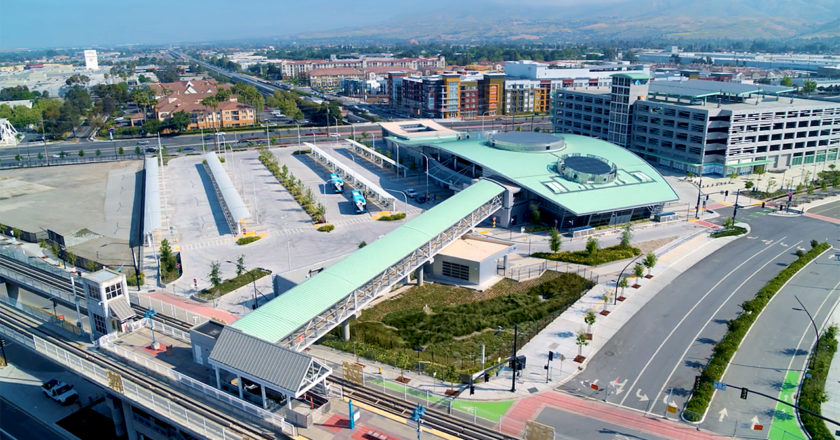Milpitas, Tracy Lead Bay Area Population Growth
In a top 20 list dominated by cities in Texas and Arizona, the Bay Area’s Milpitas makes a brave showing at 15th in a new U.S. Census Bureau ranking of the fastest-growing incorporated places in the country with more than 50,000 people.
The new Milpitas Transit Center connects the city to the region.
It is the only Bay Area city to appear within the fastest-growing cohort.
Situated to San Jose’s north and east, the town, whose name means “little cornfields” in Spanish, grew 5 percent from mid-2018 to the middle of last year, reaching not quite 85,000 residents. That's slightly less than its rate of growth in 2014-15, when Milpitas also made a Census Bureau list of fast-growing U.S. cities. Its most current rate of growth compares to a 12 percent growth rate for th...


